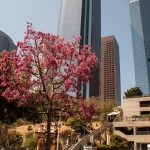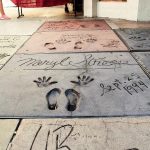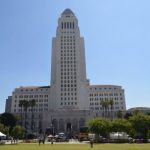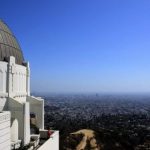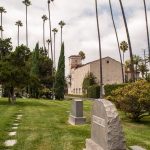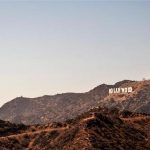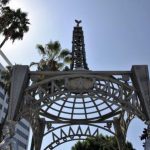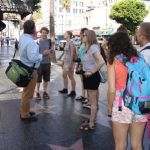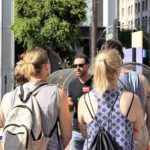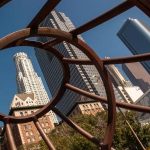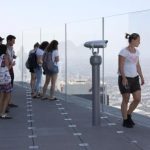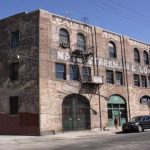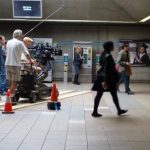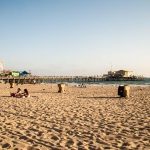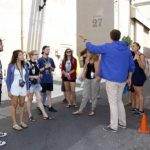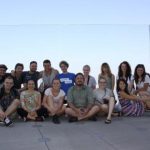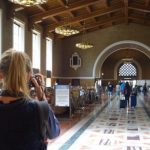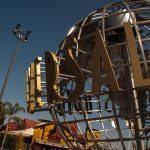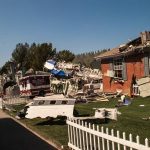“On Location” in Los Angeles: Stars Locations and their Habitat
As part of an Institute of Geography graduate project class students spent two weeks in the Los Angeles studying the Hollywood film production industry. The applied project course was an innovative and new approach to studying the interface between the economics of film production and the cultural representations of places which are broadcast around the world on silver screens, televisions, and smartphones. The course, led by the internationally renowned film geographer Dr. Chris Lukinbeal from the University of Arizona, assisted by Laura Sharp (University of Arizona) and Dipl.-Geogr. Elisabeth Sommerlad (Johannes Gutenberg-University Mainz), sought to produce knew knowledge about how places become cinematic stars and how those same locations become marketized commodities through the film production process. This grounded, place-based approached examined specific sites, their neighborhood context, and the different cinematic habitats produced by productions filmed at those sites. In this case a cinematic habitat has two connotations: on the one hand we can’t understand a specific filmed location without placing it within other frequently filmed sites in its given proximity. This requires one to engage with field work to examine the architectural characteristics and regional historical nuances that led to how a neighborhood developed its unique sense of place. Cinematic habitat also is how a specific location is used in conjunction with other sites to form the cinema landscape of a movie or television show. Working in groups students examined some of the most prominent frequently filmed locations near downtown Los Angeles, including the Hollywood Forever Cemetery, the LA Time Building, Los Angeles City Hall, Union Station, the Millennium Biltmore Hotel, and the Nate Starkman – Pan Pacific Warehouse building. Prior to delving into their case studies students were taken on a whirlwind exploration of the cinematic, architectural, and cultural geographies of Los Angeles including tours of the most prominent backlots in the world. Student are currently working on writing up their findings, however, Dr. Lukinbeal does not want it to end there: he wants the students to work with the professor and Institute to publish their findings and propose an new ecological place based approach to studying the formation of location production markets and cinematic landscapes.
Unser Masterstudent Daniel Böcher hat ebenfalls einen Bericht über die Forschungswerkstatt geschrieben – nachzulesen auf der Seite von Campus-Mainz:
http://www.campus-mainz.net/newsdetails/news/forschungsreise-ins-lalaland/?no_cache=1&cHash=b3d48b6755233f09b986415db8bb8938
